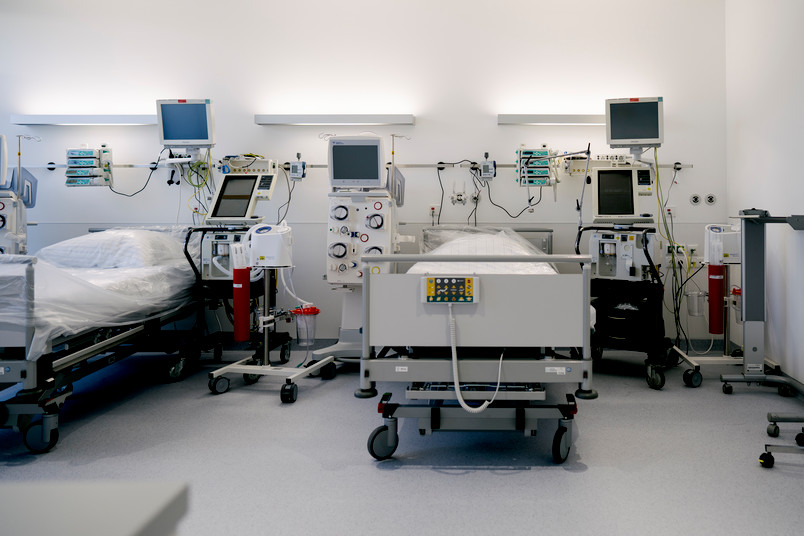
The body’s immune system primarily fights viruses through antibodies and T lymphocytes (aka T cells). The antibodies bind to specific viral receptors and thereby prevent viruses from penetrating cells. At the same time, infected cells are tagged so that other protagonists in the immune system can then destroy the cell. Virus-specific T cells, on the other hand, are able to destroy infected cells directly.
In studies carried out during the past few weeks, these cell-killing SARS-Cov-2–specific T cells were identified in patients who had gotten sick with COVID-19, triggered by the novel coronavirus. The results have revealed that these types of cells were mainly found in people who had survived a COVID-19 infection. “This suggests that these cells have a protective antiviral effect,” the scientists explain. On the other hand, some trials suggest that an overly robust immune response might be the cause of severe COVID-19 conditions. However, the role of SARS -Cov-2-specific T-cells in this overreaction is still unclear.
Strength of the immune response is decisive
Contrary to previous assumptions, the dreaded respiratory failure does not occur in critical cases of COVID-19 because the immune response is too weak. Quite the opposite. It seems that an immune system that responds too robustly may contribute to this type of respiratory failure. Researchers at the Marien-Hospital in Herne and the virology department at the Ruhr University Bochum (RUB, Germany) and the Clinics of Infectiology and Anaesthesia and the Institute of Virology at the Universitätsmedizin Essen (also Germany) have carried out extensive research on this topic.
Under the direction of Prof. Dr. Nina Babel, head of the Center for Translational Medicine at the RUB Marien-Hospital Herne, the scientists have examined specific antibodies and T-cells in the disease progression of COVID-19 in patients suffering from a mild form, in patients who are critically ill, and in patients who subsequently died. They found that the immune responses were similar.
In the study, which was published in the journal Cell Reports Medicine, the researchers analyzed the immune responses in patients with COVID-19. “We wanted to study the role of T-cells and antibodies in controlling infection and disease,” Nina Babel says. “The novelty of our study is that we have analyzed SARS COVID-2 specific T cells and antibodies with regard to disease progression and virus eradication. We found that a strong T cell and antibody response was not only detectable in patients with a mild case of COVID-19, or who had overcome the viral infection.” Patients who were critically ill and those who had experienced COVID-19-induced respiratory failure were found to have a comparable or even stronger immunity to SARS-Cov-2.
Further research is needed
“The number of specific immune cells, as well as their functional capacity, was no better in patients who survived COVID-19 than in those who died of the disease,” says Dr. Ulrik Stervbo, laboratory manager at the Center for Translational Medicine. There was also no difference in the robustness and functionality of the immune response between patients with persisting SARS-Cov-2 infections and those who had recovered.
“Although further studies are needed in order to understand the specific mechanism of COVID-19-associated respiratory failure, our data suggest that an excessive SARS-Cov-2-specific T-cell immune response triggers immunopathogenesis. This consequently causes life-threatening critical conditions,” says Nina Babel, lead researcher. “The results of the ongoing studies on the successful application of immunosuppressive therapies for COVID-19 support this hypothesis”, summarises Prof. Dr. Timm Westhoff, Director of the Medical Clinic I of the Marien-Hospital Herne.
The original publication:
Constantin J. Thieme, Moritz Anft et al.: A robust T cell immunity towards spike, membrane, and nucleocapsid SARS-CoV-2 proteins is not associated with recovery in critical COVID-19 patients, in: Cell Reports Medicine, 2020, DOI: 10.1016/j.xcrm.2020.100092: https://www.cell.com/cell-reports-medicine/fulltext/S2666-3791(20)30118-X


